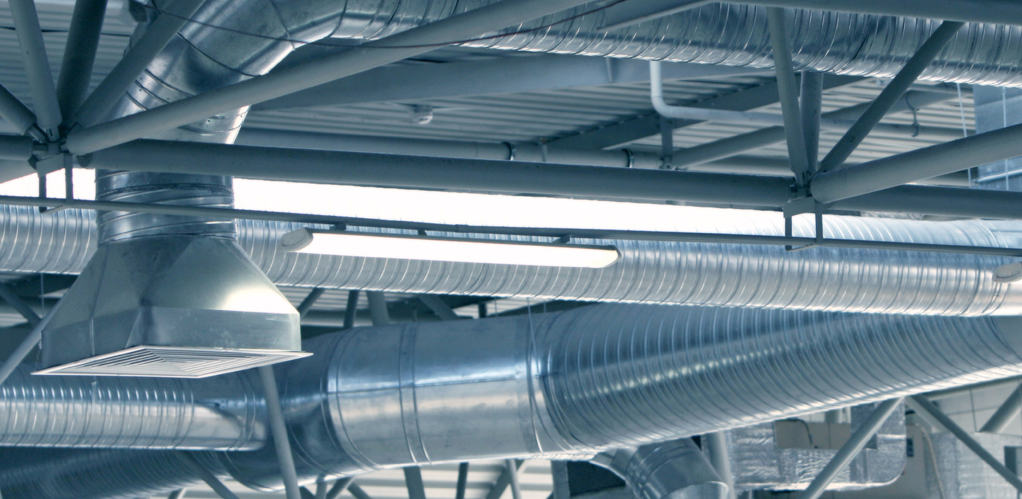Configurable Air Velocity Sensing & Controls for Duct Airflow Measurement
HVAC Series - Analyzing Airflow
Part 3: Configurable Air Velocity Sensing & Controls for Duct Airflow Measurement
Note: Part 2 of our HVAC Series – Analyzing Airflow - °C SPAR is Ideal for Multi-Point In-Duct Measurements explains why the Degree Controls °C SPAR Sensor Pole Array is ideal for in-duct HVAC airflow measurement.
Embedded Air Velocity Sensing Provides Versatility
The embedded air velocity sensing platform by Degree Controls empowers users with a range of configuration options for the many diverse industry applications that exist. A variety of velocity ranges, mechanical lengths, supply voltages, output communication types, as well as probe and remote head sensor styles are available.
°C SPAR with Analog Output
For clients with their own data loggers, or where analog based communication and control systems have been pre-established, the °C SPAR can be configured with our F-Series of air velocity and temperature sensors. The voltage output may be configured 0-5V or 0-10V, and can be augmented with simultaneous digital communication.
Embedded Solution for Air Velocity Measurement In-Duct
Degree Controls has the products and experience to meet the many airflow measurement and testing scenarios faced by our clients.
We met application specific requirements to convey average velocity across a duct area to the client’s BMS (Building Management System) as a 0-10V analog output with a set of our F500 series sensors. For this large duct application, the sensors were modified to communicate in a master/slave arrangement over addressed UART communication:
1) Each slave sensor communicates velocity reading(s) to its neighboring slave, or master.
2) The master sensor receives velocity readings from all slave sensors.
The master airflow sensor first records its own velocity reading and then averages all readings from sensors in the network. Next, the master sensor uses its 0-10V analog output to transmit the average velocity to the BMS or monitoring system.
All sensors are powered by universal 24VAC. Sensors are connected with a latching connector and 0.6 m [2 ft] of cable. The master sensor itself has 2 m [6.6 ft] flying leads to connect to the BMS system.
The master sensor can communicate to as many as 15 slave sensors. This flexible solution ships as a kit, and master and slave sensors already addressed.
Part 4 of our HVAC Series – Analyzing Airflow reviews airflow sensors as key elements of HVAC control systems.




